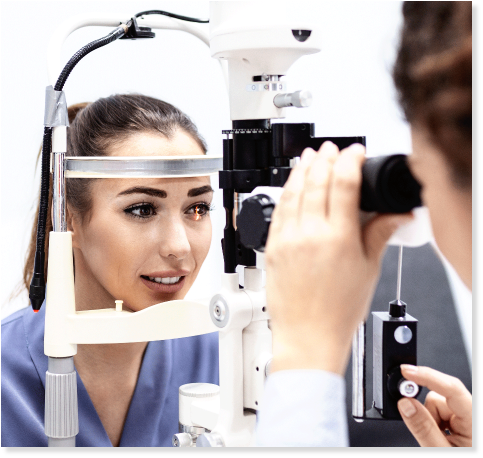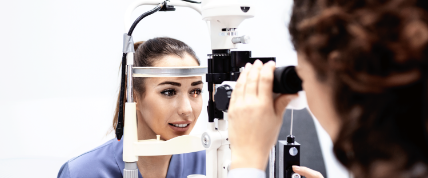Good eyelid health starts with a good eyelid conversation. Here’s a list of things you can bring up to your eye doctor before, during, and after your next visit:
Getting a proper Demodex blepharitis (DB) diagnosis
How to be certain it’s Demodex blepharitis
Because Demodex blepharitis (DB) shares similar symptoms with other eye conditions, it can easily be overlooked. And while collarettes are a true indicator of DB, they’re often only visible under magnification.1 This is where an eye doctor comes in, since only a doctor can properly diagnose Demodex blepharitis.
What to do if you notice symptoms of Demodex blepharitis
- If you notice a crusty flake buildup on the eyelashes, known as collarettes, or experience horizontal itching at the base of the eyelid, it’s time to get your eyelids checked.
- Make an appointment to see an eye doctor and have them look specifically at your eyelids.
- Ask your eye doctor about checking your eyelids during an eye exam.
Need help finding an eye doctor?
The handy Find an Eye Doctor tool can help you locate an eye doctor in your area.
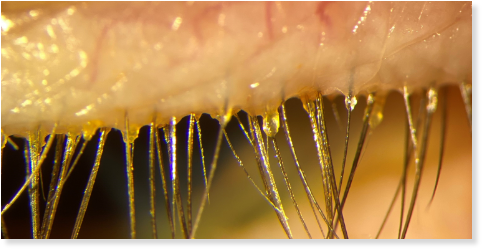
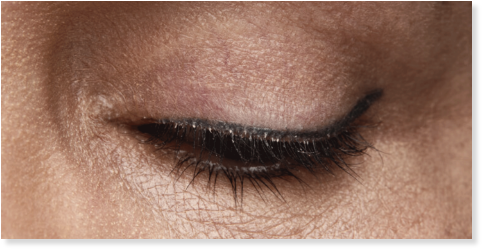

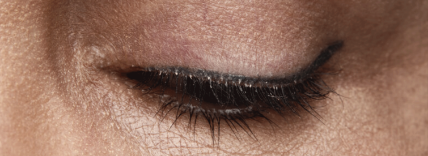
Need help finding an eye doctor?
The handy Find an Eye Doctor tool can help you locate an eye doctor in your area.
Start the conversation about Demodex blepharitis
- When you schedule your eye exam, let the staff know that you have specific questions regarding your eyelid health.
- Describe your past and current symptoms and general eyelid health as best as you can and share your overall concerns.
- During your visit, ask your eye doctor to check your eyelids specifically. This will be performed as you look down during the exam.
- Once you’ve been properly diagnosed, your eye doctor can go over management options. Let them know what’s working and what’s not.
The DB Patient Brochure and Doctor Checklist are helpful resources designed to help you better understand DB and its symptoms, eyelid health, and what to share with your doctor.
